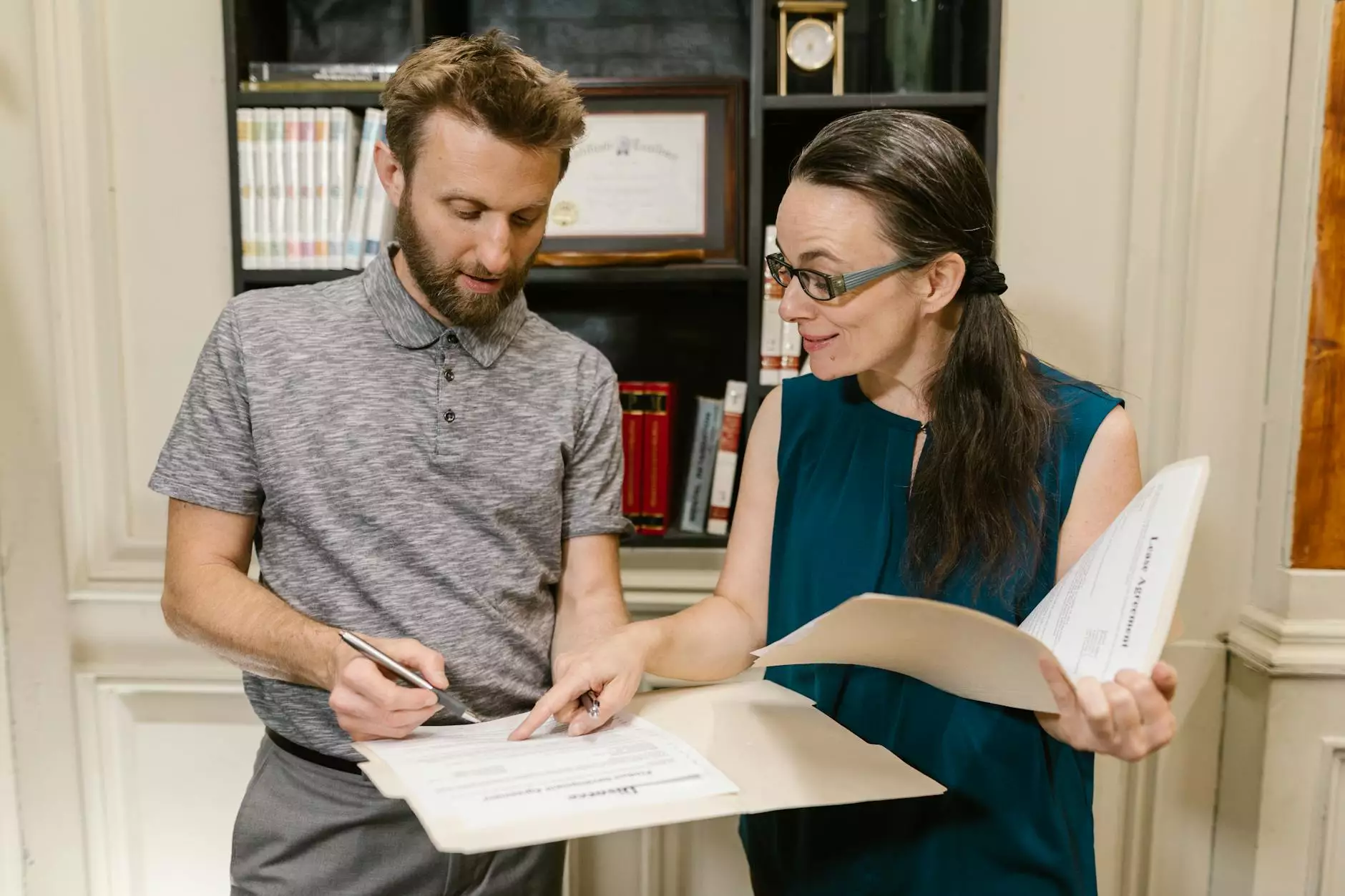How to Credit Photos You Find Online
About
Welcome to our comprehensive guide on how to properly credit photos you find online! At Ignite Security Marketing, we understand the importance of giving credit to photographers and creators for their incredible work. In this article, we will provide you with detailed information on how to credit photos, so you can use them legally and responsibly without infringing on copyright laws.
The Importance of Crediting Photos
When using photos found online, it is crucial to give proper credit to the original creator. Crediting photos not only shows respect for the artist's work but also helps protect their rights and ensures a thriving creative community. By giving credit where it is due, you contribute to the fair use of digital content and encourage the continued sharing of beautiful imagery.
Understanding Copyright Laws
Before using any photo, it is essential to familiarize yourself with copyright laws. Copyright is the legal right granted to the original creator of a photograph or any other intellectual property. It includes exclusive rights to reproduce, distribute, and display the work. Unless stated otherwise, assume that photographs found online are protected by copyright. Ignorance of these laws does not exempt you from liability.
Types of Photo Licenses
When searching for photos online, you may come across various licensing options. Understanding these licenses will help you determine how to properly credit the photo you wish to use:
- Public Domain: Photos in the public domain are not restricted by copyright and can be used freely without attribution. However, it is still recommended to credit the photo's creator as a courtesy.
- Creative Commons: Creative Commons licenses allow photographers to grant specific permissions regarding the use of their work. These licenses often require attribution, so it is important to check the terms associated with each photo carefully.
- Stock Images: Stock photo websites offer a wide range of images that can be licensed for commercial or personal use. Although most stock images do not require attribution, double-check the licensing agreements to be certain.
Properly Crediting Photos
Crediting photos involves acknowledging the original creator and providing relevant information about the photo. Here are some essential elements to include when crediting a photo:
- Photographer's Name: Always credit the photographer by including their full name. If the photographer has a professional alias or username, include that as well.
- Photo Title or Description: If available, include the photo's title or a brief description. This helps to differentiate between photos by the same photographer.
- Website or Source: Provide a direct link to the original source of the photo. This could be the photographer's website, a stock photo platform, or a Creative Commons page.
- License Information: If the photo is licensed under Creative Commons or any other specific license, mention the type of license and any additional requirements, such as attribution or usage limitations.
Example of a Proper Photo Credit:
Photo by John Smith Title: Sunset at the Beach Source: www.examplewebsite.com License: Creative Commons Attribution 4.0 International
Attribution Placement and Formatting
When using the credited photo, it is essential to position the attribution in a way that is visible and easily associated with the image. Here are some common practices for attribution placement:
- In the Caption: Including the attribution within the photo caption is a common and visually unobtrusive way to credit the image.
- Beside or Below the Image: If the photo is accompanied by text or displayed in a larger format, placing the attribution beside or below the image is a suitable option.
- In the Alt Text: If you are using the photo on a website or a platform that allows alternative text descriptions, you can credit the photo within the alt text.
When formatting the actual attribution, it is recommended to use clear and legible text that is distinguishable from the rest of the content. You can use italics, bold formatting, or a different font size to make the attribution stand out.
Conclusion
By following these guidelines, you can ensure that you credit photos found online in a respectful and legally compliant manner. Remember, properly crediting photos not only protects the rights of the creators but also contributes to the integrity of the digital community. At Ignite Security Marketing, we believe in promoting ethical practices when it comes to using visual content. If you have any further questions or need assistance with website development and optimizing your online presence, contact us today!










